Sapa's growing popularity has led to a surge in development, marring some of its rustic charm. This guide unveils 8 captivating alternatives to Sapa, each offering a unique blend of nature's splendor and cultural immersion.
Sapa, a jewel in Vietnam's north, has captivated travelers with its breathtaking beauty, rich ethnic culture, pleasant climate, and a touch of French colonial legacy. Sapa offers so much for a small area 6 hours North of Hanoi. However, because of its modest geographic overall area and high demands for tourism lately, Sapa has become somewhat overly touristic, with the demands for advanced infrastructure increasing day by day. It seems like the development is heading toward a suburbanizing direction. Therefore, this article will help you explore alternatives to Sapa around the mountainous North of Vietnam.
1. Ha Giang Loop
Ha Giang Loop is a rugged and remote attraction located near the Vietnam - China border. Buckle up for dramatic vistas, because this land is known for its jaw-dropping landscapes and diverse ethnic communities. The region boasts dramatic limestone peaks, winding mountain roads, and terraced rice fields that change colors with the seasons. Ha Giang is perfect for adventurous travelers seeking raw natural beauty and authentic cultural encounters.
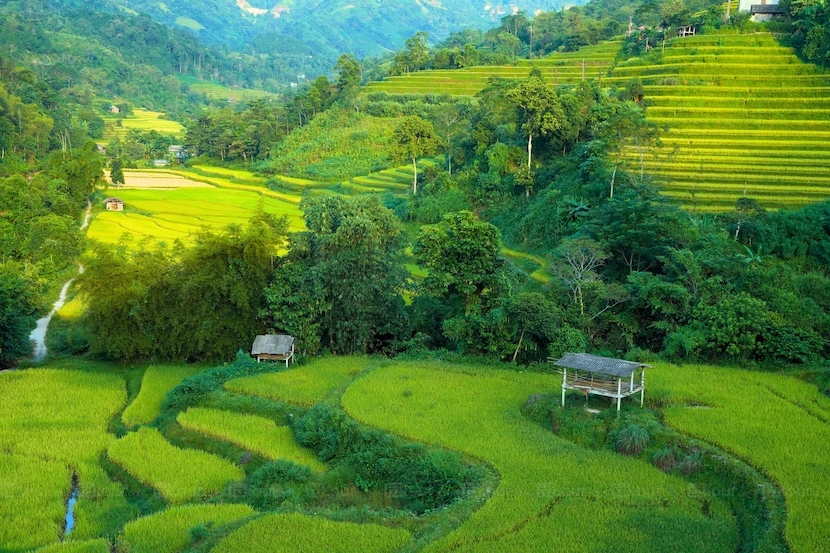
Highlights:
Ma Pi Leng Pass: Embark on a thrilling motorbike journey along this iconic pass for breathtaking views of towering cliffs and deep valleys.
Dong Van Karst Plateau Geopark: Explore this UNESCO-listed geopark featuring unique rock formations and traditional H'mong villages.
Ethnic Villages: Visit remote villages like Meo Vac and Lung Cu to interact with local tribes and learn about their traditional way of life.
Motorbike Mecca: The legendary "Ha Giang Loop" is a motorbike tour enthusiast's dream. Navigate scenic mountain passes, stopping at hidden waterfalls and charming villages along the way. Ha Giang offers more than just the iconic loop. Explore the Hoang Su Phi district known for its dramatic rice terraces or venture further off the grid to discover hidden gems like the Dong Van Karst Plateau Geopark.
2. Mai Chau Valley
Nestled in Hoa Binh Province, Mai Chau offers a peaceful retreat surrounded by lush rice paddies and picturesque mountains. This serene valley is inhabited by the White Thai ethnic group, known for their stilt houses and vibrant cultural heritage. Mai Chau provides a tranquil alternative to Sapa’s bustling center.
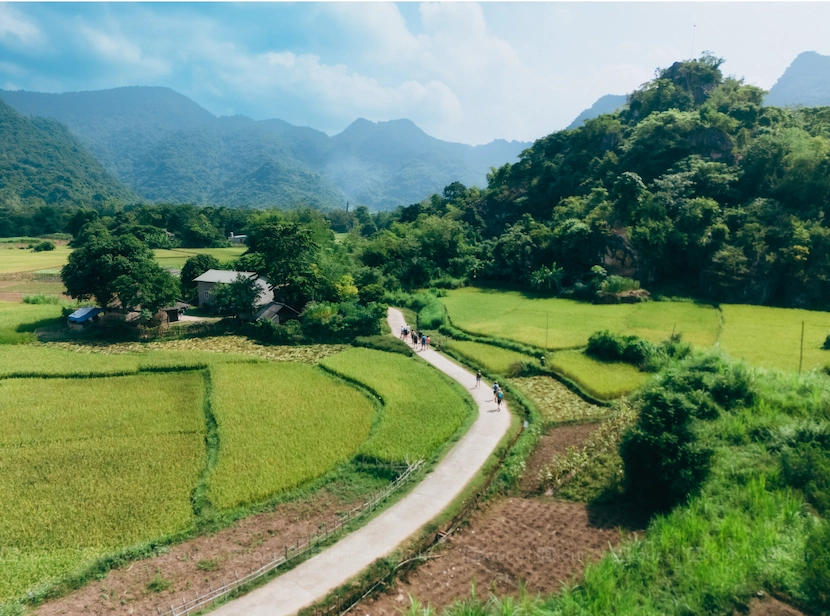
Highlights:
Cycling Tours: Explore the countryside on two wheels, pedaling past emerald-green rice fields and charming villages.
Homestay Experience: Stay with a local family in a traditional stilt house to immerse yourself in the daily life and customs of the White Thai people.
Scenic Hikes: Trek to nearby villages and viewpoints for stunning panoramas of the valley.
3. Bac Ha
Bac Ha is a charming town famous for its vibrant Sunday market, where ethnic minorities from surrounding villages gather to trade goods and showcase their colorful attire. This weekly spectacle offers a fascinating glimpse into the region's diverse cultures and traditions.
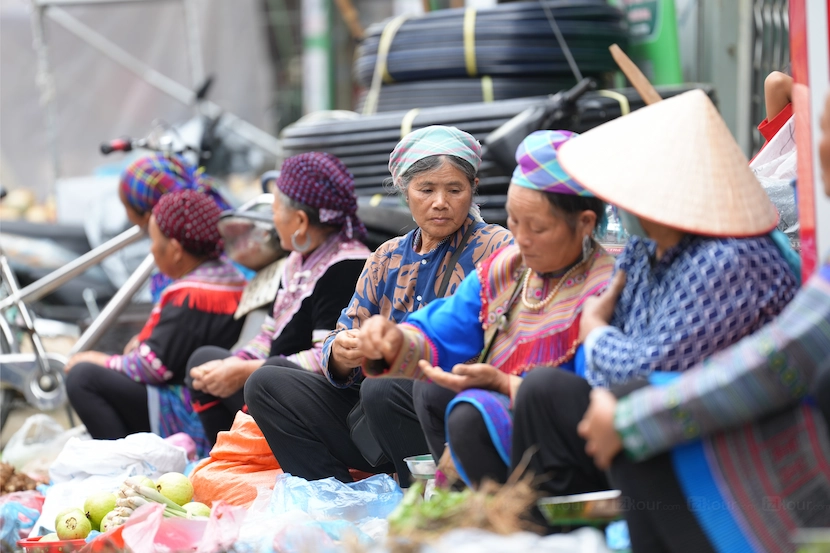
Highlights:
Sunday Market: Explore stalls brimming with handicrafts, textiles, and fresh produce, and witness the lively trading culture of the Flower H'mong and Tay people.
Trekking Adventures: Hike through terraced rice fields to visit nearby villages and interact with local communities.
Ethnic Cuisine: Indulge in delicious yet adventurous local dishes, such as "thang co" (a traditional soup) and sticky rice cooked in bamboo tubes.
4. Pu Luong Nature Reserve
For nature enthusiasts seeking solitude and stunning landscapes, Pu Luong Nature Reserve is a hidden gem waiting to be discovered. Located between Mai Chau and Cuc Phuong National Park, Pu Luong features lush forests, gushing waterfalls, and traditional villages nestled in the hills.
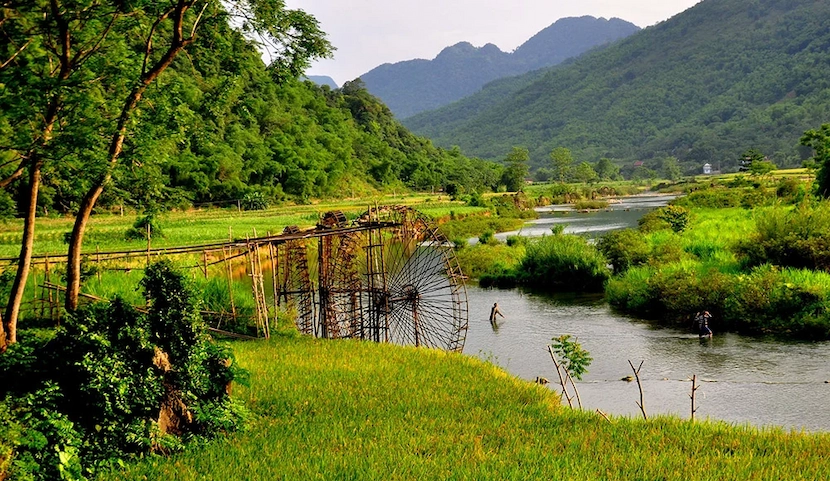
Highlights:
Trekking Trails: Explore the reserve on foot, trekking through bamboo forests, past rice terraces, and alongside crystal-clear streams.
Waterfall Adventures: Swim in natural pools beneath cascading waterfalls like Hieu Waterfall and Kho Muong Waterfall.
Cultural Encounters: Stay in eco-friendly homestays and engage with local villagers to learn about their daily lives and customs.
5. Cao Bang Province
Cao Bang is a province renowned for its pristine lakes, majestic waterfalls, and limestone caves. It is not only a great alternative to Sapa, but also for Ha Giang. This remote region near the border with China offers breathtaking natural beauty and opportunities for outdoor exploration.
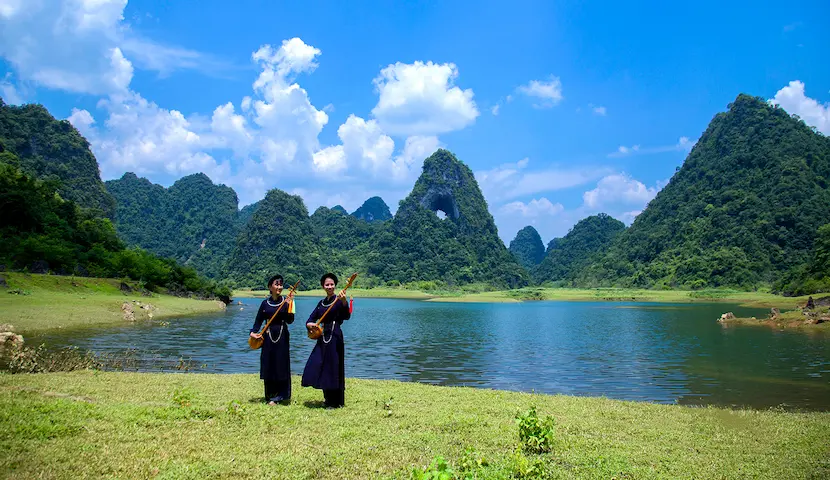
Highlights:
Ban Gioc Waterfall: Marvel at the impressive Ban Gioc Waterfall, which straddles the border between Vietnam and China and cascades over 30 meters amidst lush greenery.
Nguom Ngao Cave: Explore the stunning chambers of Nguom Ngao Cave, adorned with intricate stalactites and stalagmites.
Trekking and Homestays: Trek to remote ethnic villages like Pac Bo and Thang Hen, where you can stay with local families and experience rural life firsthand.
6. Sapa's Surrounding Villages
Can Sapa be its own alternative? While Sapa itself can be crowded during peak season, exploring its surrounding villages offers a quieter and more authentic experience. Villages like Ta Van, Ta Phin, and Lao Chai are home to different ethnic groups and offer opportunities to trek through terraced rice fields and interact with local communities.
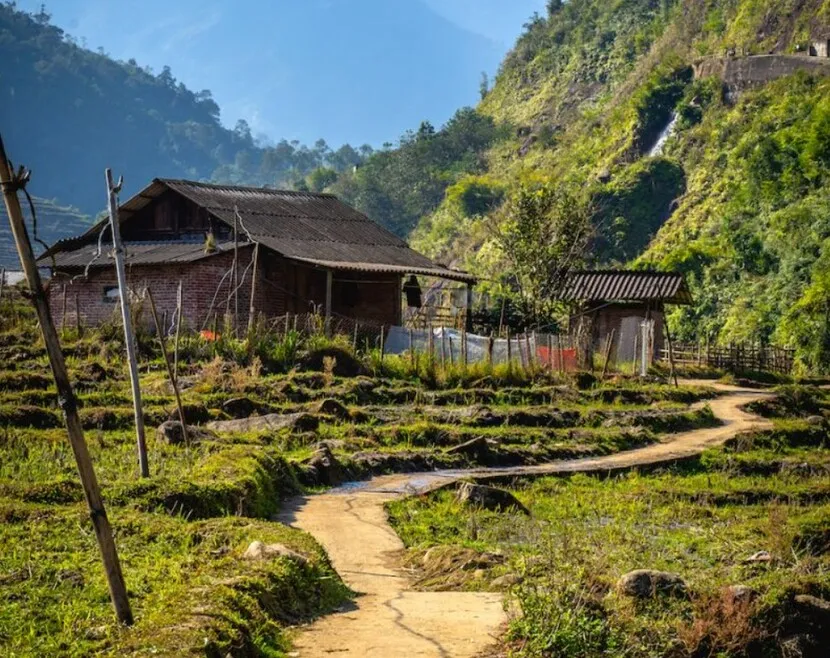
Highlights:
Homestay Immersion: Stay overnight with local families in traditional stilt houses to experience their hospitality and learn about their customs. While a lot of people don’t communicate well in English around the city; It has became a surprise to find out that many people in surrounding areas of Sapa speak fluent English.
Hiking Adventures: Embark on scenic hikes through verdant landscapes, passing by waterfalls, bamboo forests, and terraced fields.
Cultural Exchanges: Participate in craft workshops, traditional dance performances, and cooking classes to gain insights into local traditions.
7. Ba Be National Park
Ba Be National Park is Vietnam's largest freshwater lake surrounded by lush forests and limestone mountains. This tranquil oasis is home to several ethnic minority groups and offers opportunities for boating, trekking, and wildlife spotting.
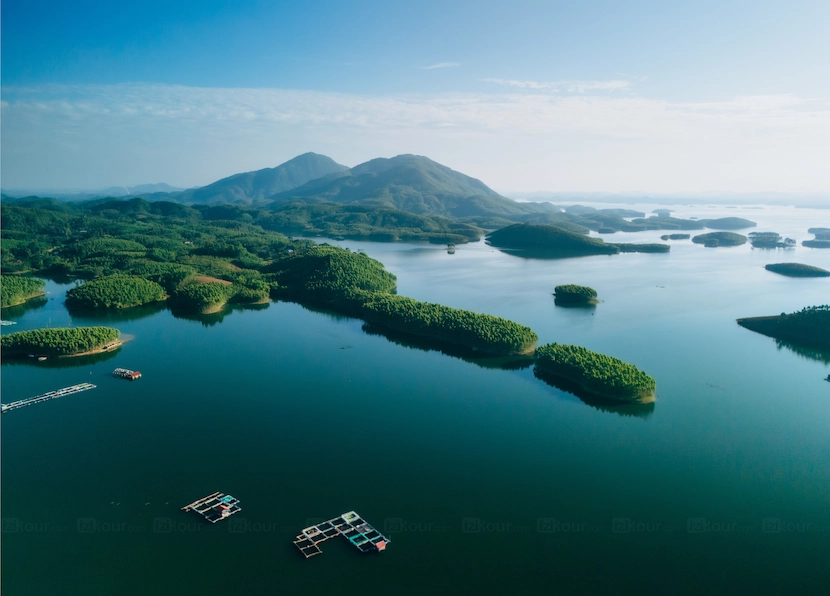
Highlights:
Boat Trips: Explore the emerald-green waters of Ba Be Lake by boat, stopping to visit Puong Cave and Dau Dang Waterfall to learn more about folklore and historical stories of the area.
Trekking Trails: Hike through dense forests to discover hidden waterfalls, caves, and ethnic villages.
Cultural Immersion: Stay in stilt houses with local Tay families, dine on traditional meals, and learn about medicinal plants used by the local communities.
8. Sin Suoi Ho
Sin Suoi Ho, nestled amidst the mountains of Lai Chau province, offers a unique escape for travelers seeking an off-the-beaten-path adventure. Perched at 1,500 meters above sea level, Sin Suoi Ho boasts a cool and refreshing climate, a welcome respite from Vietnam's heat. Sin Suoi Ho is a haven for community-based tourism, which is a perfect alternative to Sapa. Immerse yourself in the local culture, you might even witness their unique handicraftsmanship, like brocade weaving.
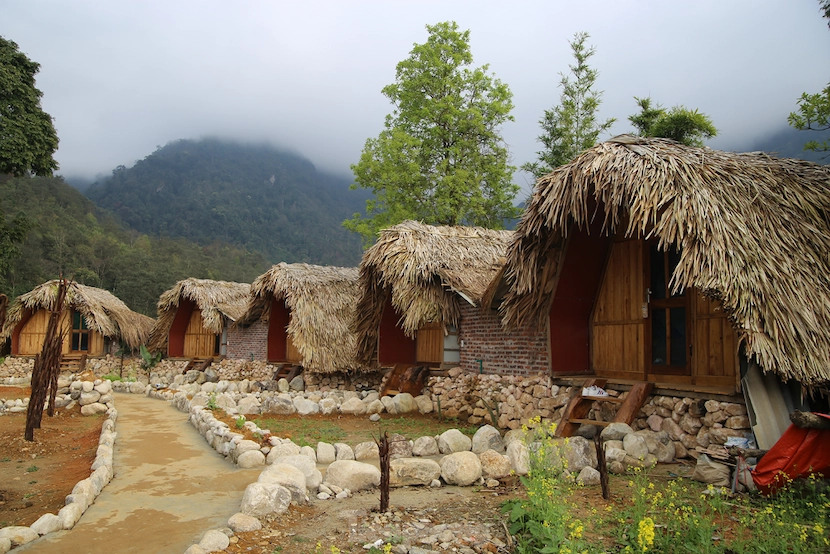
Highlights:
Sin Suoi Ho promotes a healthy lifestyle. The village has a unique set of rules – no alcohol, smoking, gambling, or drugs – creating a clean and peaceful environment.
Explore nearby waterfalls like Thac Trai Tim (Heart-shaped Waterfall) for a refreshing dip. Sin Suoi Ho translates to "golden spring" – and the name truly reflects the essence of the place. Explore cascading waterfalls and discover hidden springs, surrounded by lush greenery.
Learn about the cultivation of cymbidium orchids, a source of income for many families in the village.
While Sapa continues to be a popular destination in Vietnam's north, these 8 alternative spots offer unique experiences for travelers seeking authenticity and adventure. Whether you're drawn to rugged landscapes, vibrant markets, or cultural immersion, each of these destinations promises to leave a lasting impression. So, step off the beaten path and discover the hidden treasures of Vietnam's northern region beyond Sapa. And remember to visit these spots around the beginning of October to November for the best golden rice terrace effects. Your journey awaits!
Feel free to leave a comment below if you have any questions about this topic. For more details about tours to these 8 alternatives to Sapa, contact our travel experts via email at [email protected] or click the link below to see detailed itineraries and estimate prices with no hidden fees:
Estimate Price for Tours to Vietnam North
See more:
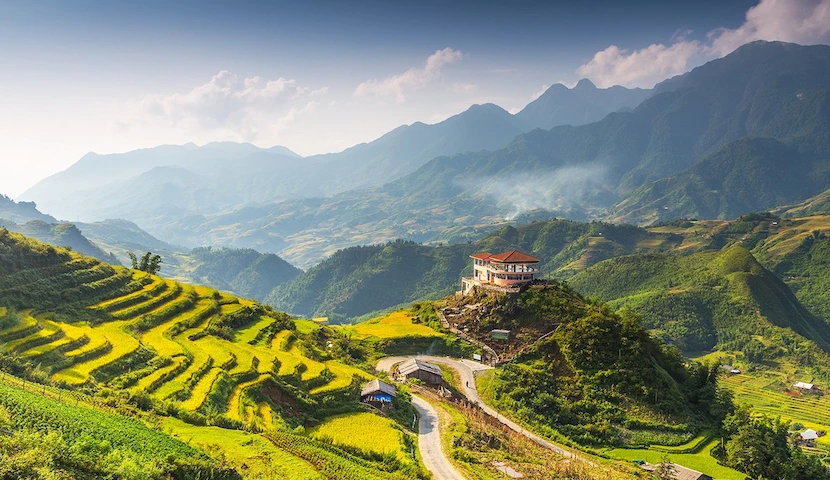
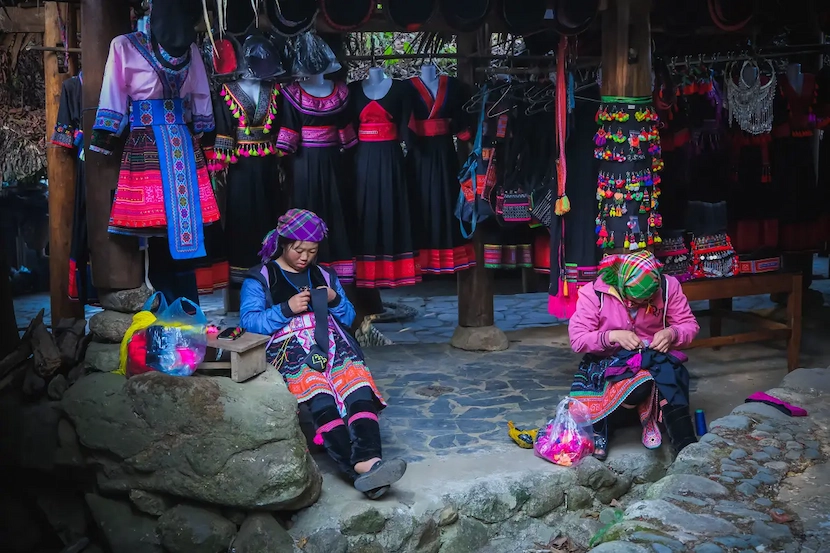







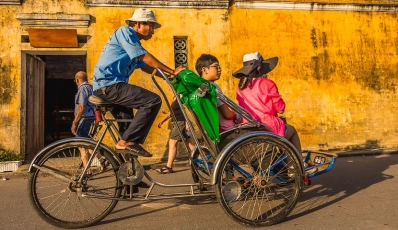
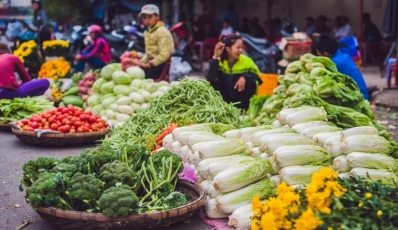
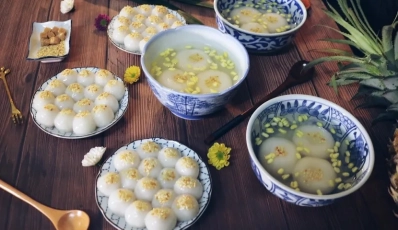
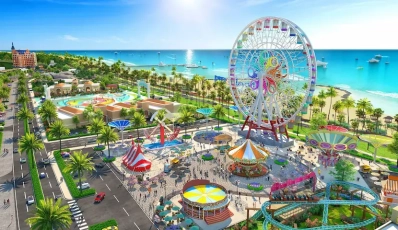

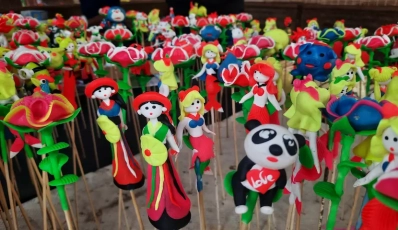
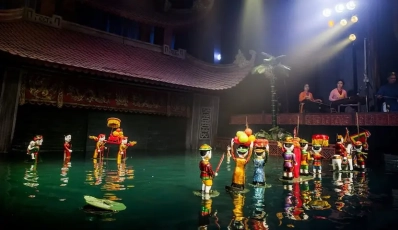
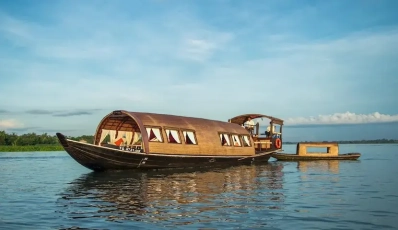
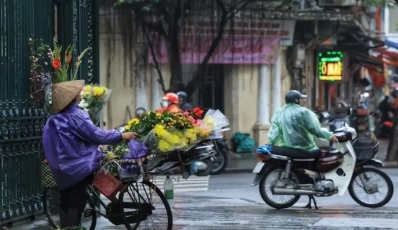




 TRAVELERS' CHOICE 2025
TRAVELERS' CHOICE 2025 


